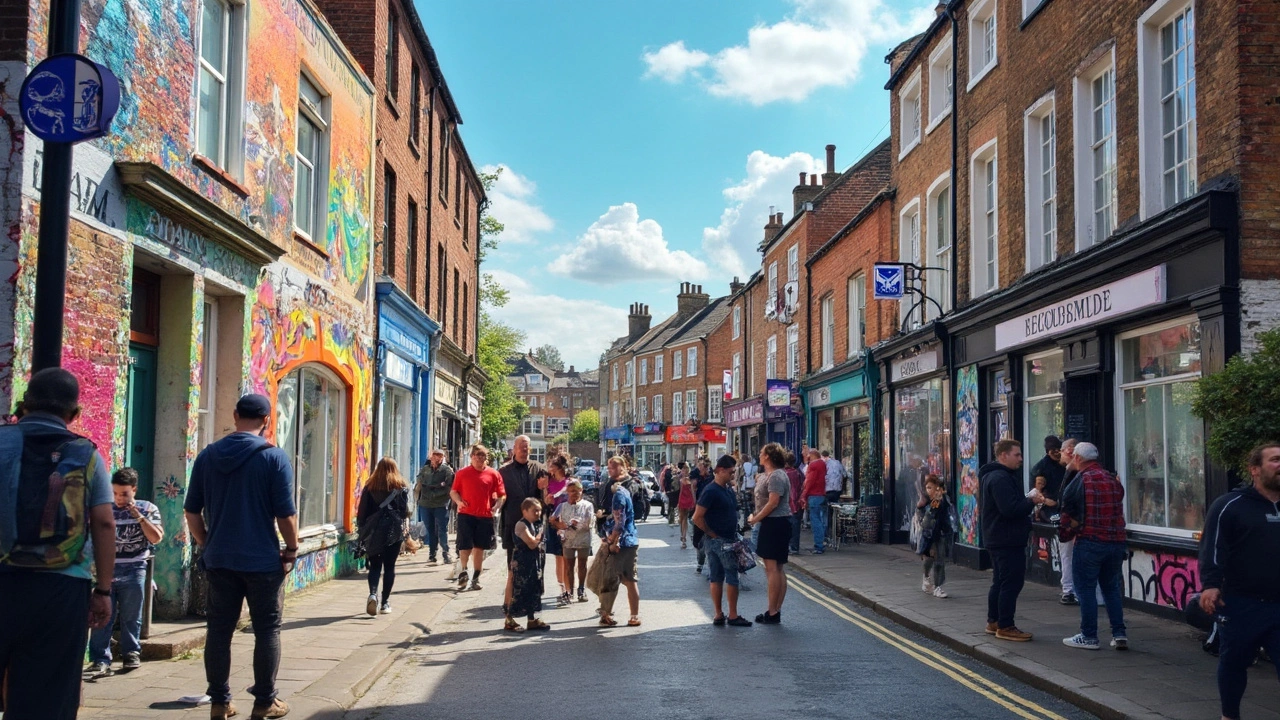Urban culture: how city art shapes what we see and feel
Cities are living galleries. Street murals, renovated plazas, bold architecture and pop-up performances shape daily life and tell stories about who lives there. If you want to understand a place fast, look at its walls, parks, transit hubs and the music spilling from its cafes.
Most people miss the patterns that link art and city life. Spotting them changes how you travel, design, or even decorate your home. I’ll give simple ways to notice urban culture, use it in your work, and read more on Paul Artistry.
How to spot and use urban culture today
Start with a 30-minute walk. Pick a neighborhood and note three things: a mural, a public sculpture, and an old building with a new use. Take photos from different angles—textures and context matter more than perfect framing.
Use free tools: Google Maps’ “street view”, local arts calendars, and Instagram location tags. Join a local walking tour or follow community arts groups—many post pop-up events and shows you won’t find in gallery listings.
When you see public art, ask two questions: who made this and who is it for? The answer often points to local history, politics, or a recent design trend. For designers, borrow scale and color choices; for writers, borrow the story or voice. For home decor, a mural’s color palette can guide paint or textile choices.
Respect spaces. Don’t touch fragile work, avoid blocking access, and ask before photographing people up close. If you want to engage, comment on community pages or attend a neighborhood meeting—artists often welcome respectful feedback and collaboration.
If you work with designers or city groups, bring quick prototypes: a painted bench, a temporary banner, or a small light installation. Test at low cost, track reactions, and note maintenance needs. Local businesses often sponsor small projects if you show potential foot traffic and positive press. Small wins build trust and clear the way for bigger, lasting work and community support.
Quick reads on Paul Artistry worth checking
Want focused reads? Try these: “Land Art’s Impact on Modern Urban Design” to see how parks and plazas borrow from landscape art; “Futurism’s Impact on Smart Cities” for tech-forward city ideas; and “Bauhaus Modernism” to learn design rules that still shape public furniture and transit stops. For cultural history, “Harlem Renaissance: Birth of a New Black Identity” reveals how neighborhoods can define national culture.
These articles show how movements—from Constructivism to Fluxus—feed urban life. If you plan a project, pick one idea from a piece and test it on a wall, street corner, or social feed. Small experiments reveal what clicks with local people faster than big plans.
Urban culture balances fast trends and deep roots. Watch for new murals or pop-ups, but also read plaques, old maps, and local interviews—those give context. Use what you learn to make smarter design choices, better travel plans, or more meaningful art. Keep exploring the city like a detective; you’ll find patterns that stick.

